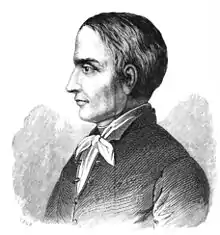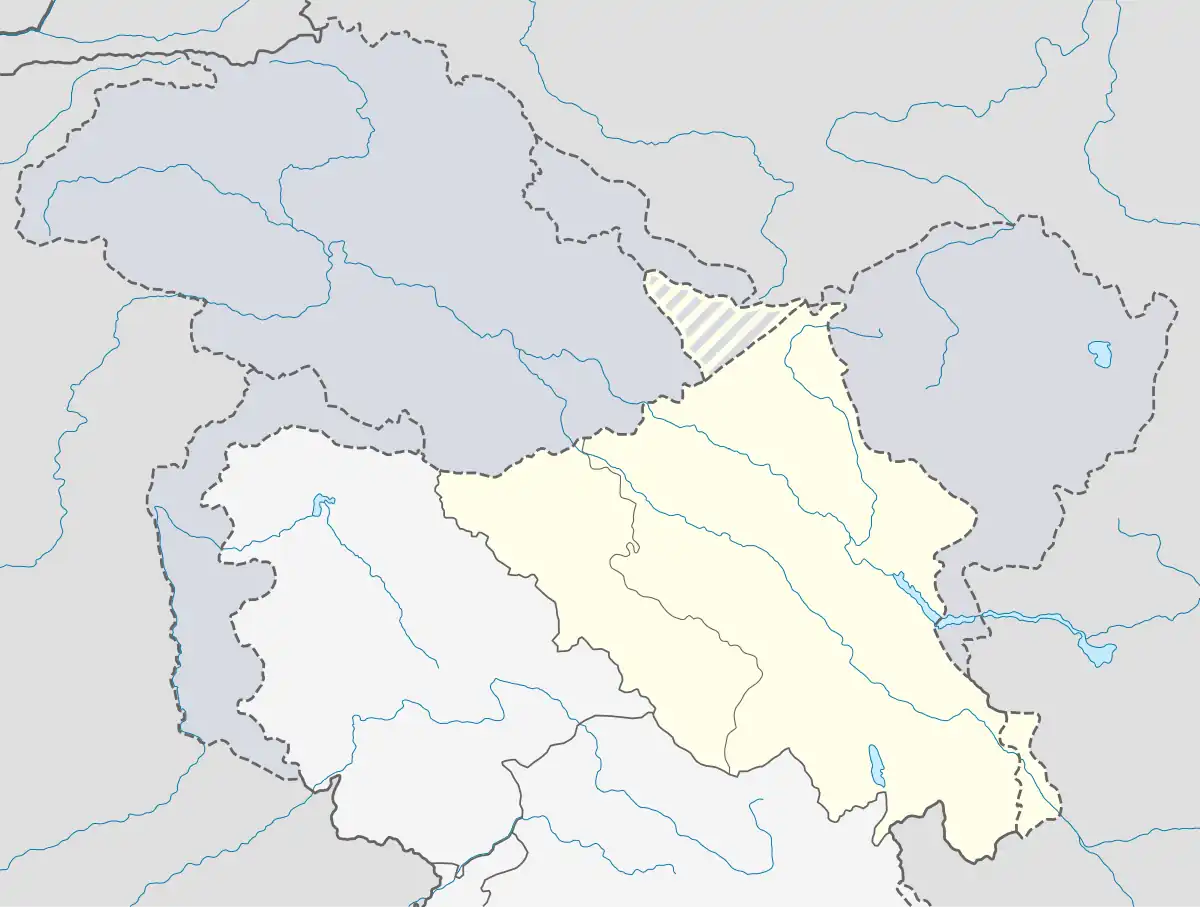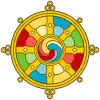| Zangla Fort | |
|---|---|
 Sándor Kőrösi Csoma who studied the Tibetan language at the monastery in 1823-4[1] | |
| Religion | |
| Affiliation | Tibetan Buddhism |
| Sect | Gelug |
| Location | |
| Location | Zangla, Zanskar, Kargil district, Ladakh, India |
| Country | India |
 Location within India  Zangla Monastery (India) | |
| Geographic coordinates | 33°40′12″N 76°58′48″E / 33.67000°N 76.98000°E |
| Architecture | |
| Style | Tibetan |
Current day Zangla village has no monastery, only a nunnery. Zangla Palace is sometimes called Zangla Monastery due to a mistake probably first made by Tivadar Duka, biographer of Alexander Csoma de Kőrös, and later by Ervin Baktay, an Indologist who visited Zangla in 1928 to identify the locations related to Alexander Csoma de Kőrös. Suffering from malaria, he described Zangla Palace - probably due to the shrine and the monks living there - as a monastery.
| Part of a series on |
| Tibetan Buddhism |
|---|
 |
Tsazar Monastery is a Buddhist monastery in the village of Tsa-zar, 6 kilometres south of Zangla, Zanskar, Kargil district, Ladakh, northern India, formerly part of the Zangla Kingdom.
Tsazar Monastery is home to a small number of lamas and has some notable wall paintings.
Hungarian philologist Sándor Kőrösi Csoma edited the first Tibetan-English dictionary while living at Zangla Palace in 1823. The dictionary was published in 1824.[2]
See also
References
- ↑ Alexander Csoma De Koros, the Heroic Philologist, Founder of Tibetan Studies in Europe, Bernard Le Calloc'h, The Tibet Journal Vol. 10, No. 3 (Autumn 1985), pp. 30-41 (12 pages) Published By: Library of Tibetan Works and Archives, via JSTOR. https://www.jstor.org/stable/43300177
- ↑ Lussier, Mark (February 2007), Enlightenment East and West:An Introduction to Romanticism and Buddhism, Arizona State University